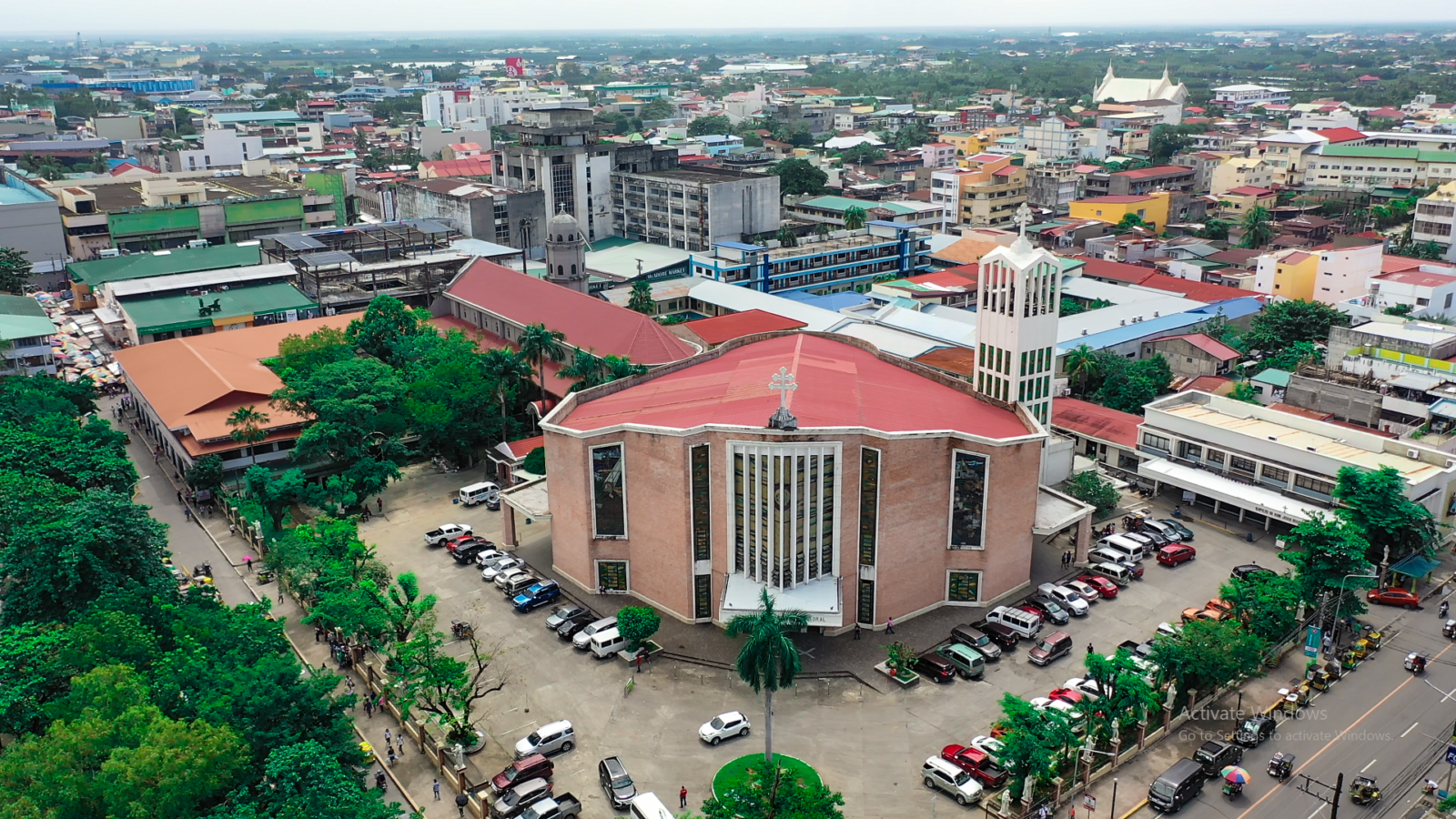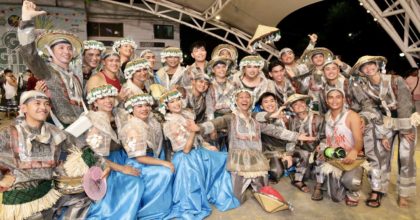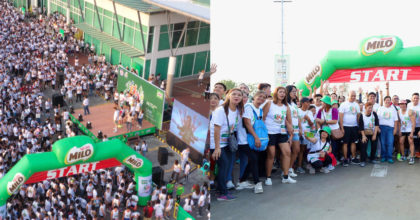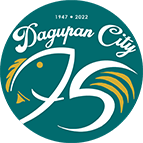DAGUPAN CITY
CHRONOLOGICAL HISTORY
The early settlers of Dagupan City were believed to have come from the Flores Island, one of the islands of the Lesser Sunda Islands located in the eastern half of the Indonesian Archipelago. The dialect used by the natives of this island bore a strong similarity to the Pangasinan dialect. The main sources of livelihood were fishing and salt-making, both major sources of livelihood and income among coastal residents in the present day.
The area of Dagupan was part of the the Alcadia Mayor of Pangasinan, a politico-civil administrative unit or province in 1580. Dagupan was originally named ‘Bacnotan’ by the Augustinian missionaries. A few years after the establishment of the Encomienda in Pangasinan in 1583 during the period of the Spanish Colonization, Bacnotan was already known to be one of the biggest areas for trade not only within the Alcadia Mayor, but within the whole of the Ilocos Region.
In 1660, Andres Malong, a local chieftain of Binalatongan, led the Malong Revolt of the Filipinos against the Spaniards. The insurrection was short-lived as the Filipinos were subdued by the Spaniards. After the revolt, the locals rebuilt their town. To commemorate the gathering of forces under Malong, the place was renamed as ‘Nandaragupan’, which in local dialect meant, ‘where people meet.’ In 1780, the name was then simplified to ‘Dagupan’, of which it stands to this day.
In 1855, the Spanish Government opens Sual as an official part of foreign trade, with ships departing the port of Sual with shipments of rice bound for China and Macao. This also made Labrador, Lingayen, and Dagupan as among the locations for shipbuilding in the country.
In December 1897, General Emilio Aguinaldo, along with Governor General Primo de Rivera, take the Ferrocarril De Manila-Dagupan train to Dagupan en route to the port of Sual for General Aguinaldo’s exile to Hongkong pursuant to the terms of the Pact of Biak-na-Bato.
In July 22, 1898, Pangasinan was liberated from Spanish rule by the Katipuneros organized by General Francisco Makabulos, and led by Juan Quesada and Eliseo Arzadon of Dagupan. The combined forces of the Katipuneros defeated the Spanish forces making a last stand at Dagupan.
During the Japanese Occupation in the Second World War, Dagupan was chosen as the provincial capital of the newly-established Japanese Government. At the start of the Liberation of the Philippines in 1945 by the Allied Forces, the U.S. Sixth Army under General Walter Kruger took part in a massive amphibious assault operation to recapture Luzon from Japanese Forces. Amphibious landings were made along the length of the Lingayen Gulf in beaches at Lingayen, Binmaley, Dagupan, and San Fabian. The U.S. land forces were under the overall command of General Douglas MacArthur, Supreme Allied Commander-Southern Pacific Area. After the assault and with the beach head secured, Gen. MacArthur set up his Luzon headquarters in Dagupan to consolidate preparations for the U.S. Army’s push south to recapture and liberate Manila.
On June 20, 1947, two years after the Liberation of the Philippines, the cityhood of Dagupan was formally recognized as President Manuel Roxas signed into law Republic Act No. 170, or the City Charter of Dagupan, authored by Speaker Eugenio Perez.
On July 16, 1990 a strong 7.7 magnitude earthquake struck northern Luzon and severely affected Dagupan as it caused ground liquefaction resulting in damage to its major infrastructure such as roads, bridges, and buildings. But the resiliency of the Dagupeños helped them overcome the calamity to their city as they strove to rebuild Dagupan and re-establish the city as one of the premier urban centers in Region I.











